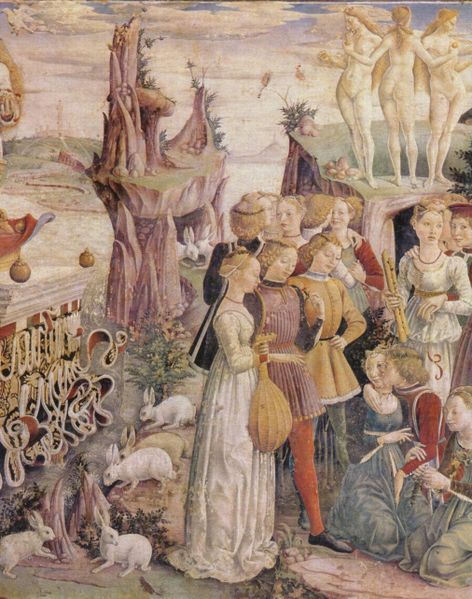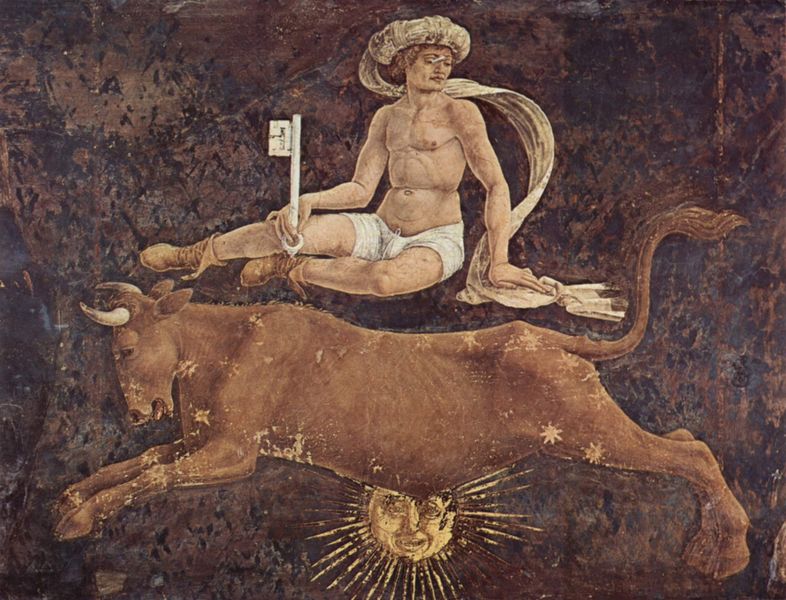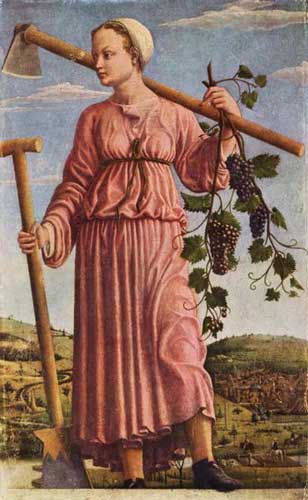Francesco del Cossa (1430 – 1477)
Get a Del Cossa Certificate of Authenticity for your painting (COA) for your Del Cossa drawing.
For all your Del Cossa artworks you need a Certificate of Authenticity (COA) in order to sell, to insure or to donate for a tax deduction.
Getting a Del Cossa Certificate of Authenticity (COA) is easy. Just send us photos and dimensions and tell us what you know about the origin or history of your Del Cossa painting or drawing.
If you want to sell your Del Cossa painting or drawing use our selling services. We offer Del Cossa selling help, selling advice, private treaty sales and full brokerage.
We have been authenticating Del Cossa and issuing certificates of authenticity since 2002. We are recognized Del Cossa experts and Del Cossa certified appraisers. We issue COAs and appraisals for all Del Cossa artworks.
Our Del Cossa paintings and drawings authentications are accepted and respected worldwide.
Each COA is backed by in-depth research and analysis authentication reports.
The Del Cossa certificates of authenticity we issue are based on solid, reliable and fully referenced art investigations, authentication research, analytical work and forensic studies.
We are available to examine your Del Cossa painting or drawing anywhere in the world.
You will generally receive your certificates of authenticity and authentication report within two weeks. Some complicated cases with difficult to research Del Cossa paintings or drawings take longer.
Our clients include Del Cossa collectors, investors, tax authorities, insurance adjusters, appraisers, valuers, auctioneers, Federal agencies and many law firms.
We perform Francesco del Cossa art authentication, appraisal, certificates of authenticity (COA), analysis, research, scientific tests, full art authentications. We will help you sell your Francesco del Cossa or we will sell it for you.

Francesco del Cossa was an Italian early-Renaissance (or Quattrocento) painter of the School of Ferrara. He is known to have been the son of a stonemason in Ferrara. Although little is known about his early works, it is known that he traveled outside of Ferrara in his late twenties or early thirties.
Cossa is best known for his frescoes. One of the first records we have of him is in 1456 when he was an assistant to his father, Cristofano del Cossa, at that time employed in painting the carvings and statues on the high altar in the chapel of the bishop’s palace at Ferrara.

In conjunction with Cosimo Tura, Cossa is now known for fresco decoration of the summer pleasure villa/palazzo known as the Palazzo Schifanoia, located just outside the city gates. Together, they painted a series of the elaborate allegories around the themes of zodiacal signs and months of the year. These were only partially restored in the 20th century, and there are three that are reasonably assigned to Cossa. Of these, one of the most remarkable images is the horde of naked toddlers in the Allegory of May – Triumph of Apollo. Apparently a sign of springtime’s prolific blossoming, the crowded rows of babies mass like a phalanx of infantile Rockettes.
The Allegory of April has a depiction of the trio of Graces, one of the earliest Post-classical representations of the naked intertwined dancers in painting. Sandro Botticelli’s version in Primavera dates from 1482. See the 1501 version of the Three Graces (now at Chantilly). Assuming the date of death of Cossa is correct, this one must have been completed prior to the others.

Unhappy that he had been paid by the square foot for his work for Duke Borso and complaining he was being paid the same as the “worst dauber in Ferrara”, Cossa left Ferrara for Bologna in 1470. In Bologna he obtained many commissions under the patronage of the Bentivoglio family. Here he painted his two masterpieces: the Virgin and Child with two saints and a portrait of Alberto de’ Catanei (1474) and fresco of the Madonna del Baracano, representing the Virgin and Child with portraits of Giovanni Bentivoglio and Maria Vinziguerra (1472).
In the National Gallery of London there is a picture by him representing St. Vincent Ferrer, an “Annunciation”, in the Dresden collection, which has been attributed to Pollaiuolo, and a fine profile portrait at Locko Park near Derby, said to represent Duke Ercole I of Ferrara. He executed stained glass windows in Bologna, the best of which is a circular window, in the church of San Giovanni in Monte, representing St. John in Patmos; this bears his signature.

Still wondering about an Italian painting in your family collection? Contact us…it could be by Francesco del Cossa.
Reviews
1,217 global ratings
5 Star
4 Star
3 Star
2 Star
1 Star
Your evaluation is very important to us. Thank you.
